Think skis are overpriced? You're not wrong. Between high-end materials, labor-intensive production, and big marketing budgets, a pair of skis can set you back $600–$1,500 - before you even add bindings, boots, and poles. All in, you’re looking at $1,200 to $2,500 easy. But here's the good news: there’s a simpler, more budget-friendly option.
Enter Snowfeet. Starting at $150, these short skis and skiskates skip the bulky gear. They're lightweight, easy to pack, and work with your regular winter boots. No need for expensive extras. Plus, they’re beginner-friendly and perfect for quick turns or tight trails.
Want to know why traditional skis cost so much and how Snowfeet compares? Let’s break it down.
Is Skiing An Expensive Hobby? - The Winter Sport Xpert
What Makes Traditional Skis So Expensive
Ever wonder why traditional skis come with such hefty price tags? It's not just about the name on the label. The cost of skis is driven by a combination of top-tier materials, labor-intensive manufacturing, and pricey marketing strategies. Let’s break it down.
High-End Materials and Construction
The materials used in traditional skis are a big reason for their cost. Ski makers often rely on premium components like carbon fiber, metal reinforcements, and multi-layered wood cores. These materials are chosen to enhance performance but come at a steep price. On the other hand, Snowfeet* takes a different approach, using tough polymers and lightweight aluminum to deliver great grip and performance - without the sky-high costs.
Labor-Heavy Manufacturing
Making traditional skis is no walk in the park. The process involves multiple steps, like pressing, grinding, and hand-finishing, all of which require time and skilled labor. Add in strict quality checks, and production costs climb even higher. Snowfeet*, however, keeps things simple and efficient. By rethinking production methods, they save on time and expenses while still delivering excellent quality.
Marketing and Retail Markups
Another chunk of the cost comes from marketing and distribution. Traditional ski brands spend big on flashy ad campaigns, sponsorships, and retail markups. By the time skis hit the shelves, those costs are passed on to you. Snowfeet* skips the middlemen with a direct-to-consumer model and focuses on digital marketing, keeping prices much more wallet-friendly.
Traditional Skis vs Snowfeet* Products: A Direct Comparison
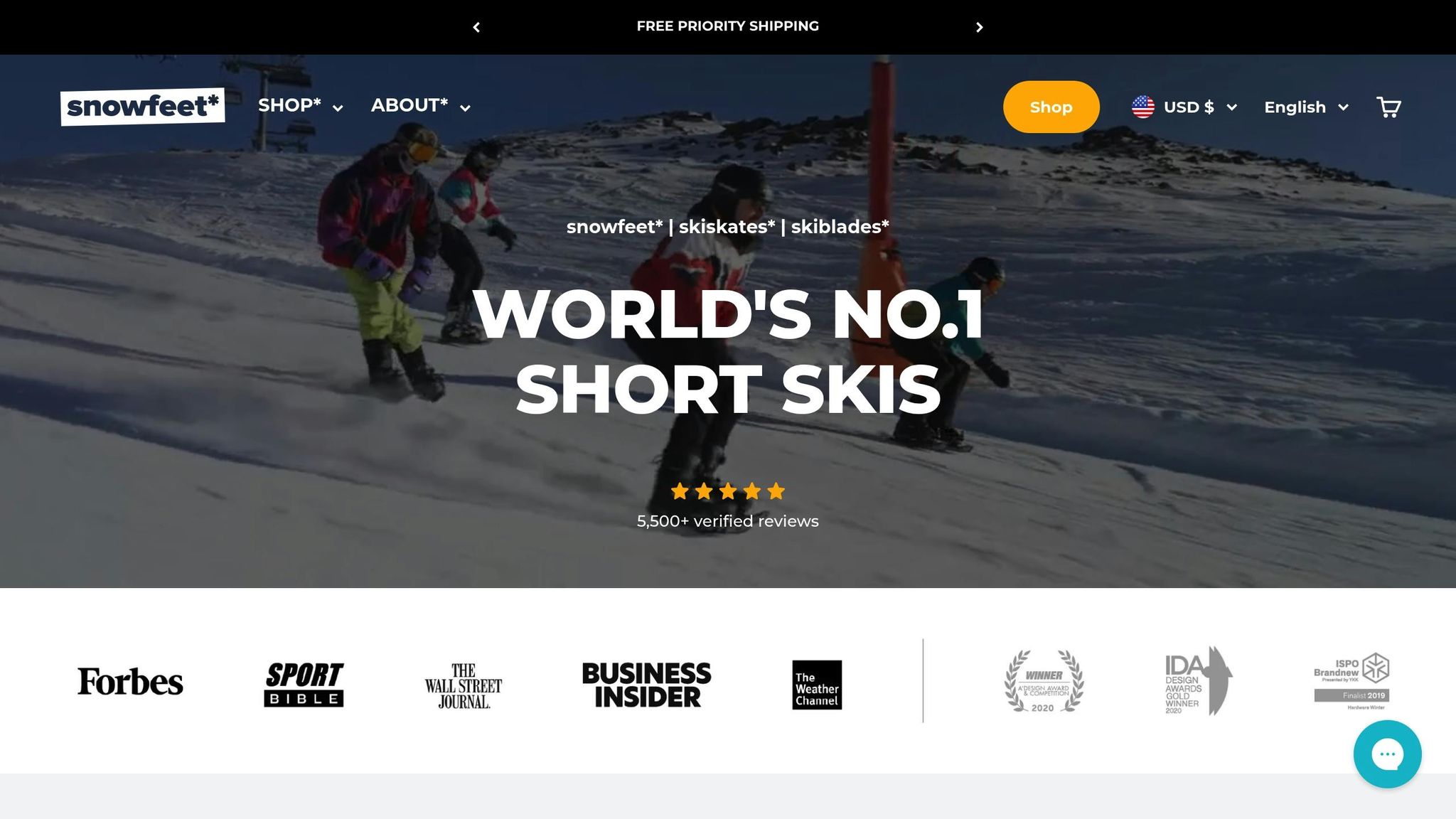
When it comes to winter sports gear, traditional skis and Snowfeet* products take very different approaches in terms of price, design, and practicality. Snowfeet* brings a sleek, modern alternative to the table, catering to today’s active, on-the-go enthusiasts.
Cost and Affordability
Traditional skis can be a pricey investment. A pair from brands like Rossignol, Salomon, or K2 typically costs between $600 and $1,500. Add bindings, specialized ski boots, poles, and other gear, and you're looking at a total cost of $1,200–$2,500 - or even more.
Snowfeet*, on the other hand, offers a budget-friendly alternative. Their Mini Ski Skates start at just $150, and even their Short Skis are priced around $690. Most other options, including Skiblades and POWDER models, stay under $500. These savings don’t come from cutting corners but from a clever design and efficient production process that eliminates the need for extra, costly equipment.
Another big plus? Snowfeet* products are compatible with the winter footwear you already own - whether that’s regular snow boots, snowboard boots, or ski boots. This compatibility not only saves money but also adds to the convenience factor.
Size and Transport Benefits
Traditional skis are, well, big. They’re usually 5 to 6 feet long and weigh 8–12 pounds per pair. Transporting them often means dealing with roof racks, oversized bags, and finding enough storage space.
Snowfeet* Mini Ski Skates, however, are just 15 inches long and can easily fit in a backpack. Even the longest option, the 47-inch Short Skis, is far more compact and lighter than traditional skis. This portability makes them perfect for spontaneous adventures - whether you’re hopping on public transportation, hiking to a remote slope, or just storing them at home without the usual hassle.
Learning Curve and Equipment Compatibility
Traditional skiing isn’t exactly beginner-friendly. The gear is bulky and complex, and the length and weight of the skis can feel overwhelming. For many, mastering traditional skis means signing up for professional lessons and committing to plenty of practice.
Snowfeet* simplifies things. Their shorter, lightweight design is much easier to handle, making it a great option for beginners. It’s less intimidating and helps build confidence faster. Plus, since you don’t need a whole collection of dedicated gear, getting started is a breeze. Whether you’re new to winter sports or a seasoned pro, Snowfeet* makes hitting the slopes straightforward and hassle-free.
sbb-itb-17ade95
Why Snowfeet* Offers Better Value Than Traditional Skis
Let’s talk about why Snowfeet* stands out as a smarter choice compared to traditional skis. It’s all about getting more for your money - without sacrificing fun or performance.
Works on Different Terrains and Skill Levels
Traditional skis are usually designed for groomed slopes at ski resorts, which can feel limiting if you want to explore beyond that. Snowfeet*, on the other hand, are built to handle almost any snow-covered surface. Whether you’re cruising down resort trails, venturing into the backcountry, or even gliding through snowy city parks, Snowfeet* are up for the challenge. Plus, their simple design makes them less intimidating for beginners, helping new users ease into the sport with confidence. That’s a big win compared to the steeper learning curve of traditional gear.
Outperforms Long Skis in Many Ways
Who says longer skis are always better? Snowfeet* proves that shorter can be smarter. Their compact size means better control, quicker turns, and easier handling - especially in tight spots like wooded trails or busy slopes. While long skis can feel bulky and hard to manage, Snowfeet* let you move with precision and agility. It’s a whole new way to experience skiing that feels more dynamic and approachable.
Straightforward and Affordable Pricing
Here’s where Snowfeet* really shines: pricing. By cutting out middlemen and selling directly to customers, they avoid the extra markups you’d typically see with traditional ski brands. That means no hidden costs, no inflated prices - just a fair, transparent cost that makes enjoying winter sports more affordable for everyone. Simple, right?
Conclusion: Why Snowfeet* Makes More Sense Than Traditional Skis
Traditional skis often come with hefty price tags, thanks to expensive materials, complicated manufacturing processes, and steep markups. But here's the kicker - you’re often paying more without seeing a noticeable difference in performance.
That’s where Snowfeet* shakes things up. Starting at just $150 for Mini Ski Skates, Snowfeet* offers a simpler, more versatile way to enjoy the snow. No need for bulky gear or special boots - just strap them onto your regular winter boots and hit the slopes, parks, or even your backyard. It’s freedom without the hassle.
And let’s talk numbers. While a full traditional ski setup can cost anywhere from $1,500 to $3,000, Snowfeet* keeps it affordable. Their Short Skis are priced at $690, and the Snowfeet PRO, designed for pro-level performance, comes in at just $199. That’s a massive difference.
Snowfeet* proves that winter sports don’t have to break the bank or involve a ton of gear. They’ve reimagined the experience, focusing on value, ease, and pure fun. If you’re looking for a smarter, simpler way to enjoy the snow, Snowfeet* is the way to go.
FAQs
How does the performance of Snowfeet products compare to traditional skis for advanced skiers?
Snowfeet products are a game-changer for experienced skiers, offering agility, precision, and a level of control that’s hard to match. Thanks to their compact and lightweight design, they make sharp turns and quick reactions feel effortless, delivering a dynamic ride - especially on challenging terrain.
While traditional skis might be the go-to for high-speed runs and long descents, Snowfeet offers something different. They’re designed to minimize fatigue and give you more control, making them a fun, high-performance alternative. If you’re looking for something that’s easy to handle but still delivers an exciting ride, Snowfeet is worth checking out.
Can Snowfeet be used in all types of snow, like deep powder or icy slopes?
Snowfeet shine on groomed trails and packed snow, where their small size gives you great control and easy handling. They’re lightweight and super portable, making them a fun option for smooth, varied terrains. That said, they’re not the best pick for deep powder since they don’t have enough surface area to keep you afloat. And on icy slopes? They might struggle to give you the grip you need.
Unlike traditional skis or snowboards, which are designed to handle all sorts of snow conditions, Snowfeet focus on being easy to use and convenient. If you’re after something playful and simple for groomed runs or laid-back rides, Snowfeet could be your new favorite gear!
What makes Snowfeet's direct-to-consumer model better for pricing and customer experience?
Snowfeet has carved its own niche with a direct-to-consumer model that delivers high-quality snow gear at wallet-friendly prices. Starting at around $150, their products are a far cry from traditional skis that often come with steep retail markups. By skipping the middleman, Snowfeet keeps costs down while maintaining exceptional product standards.
But it’s not just about saving money. This approach also means a smoother customer experience. Need advice? Got questions? Snowfeet's team is ready to help with expert guidance and quick responses. It’s all about making snow sports more accessible and fun - without compromising on quality or performance.

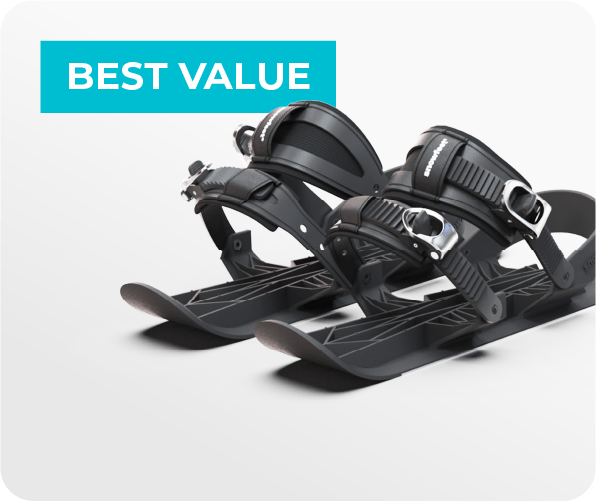



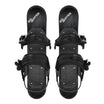
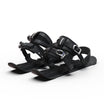
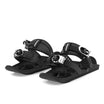

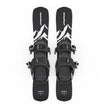
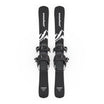

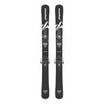
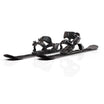
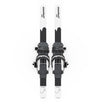


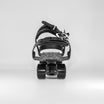

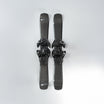

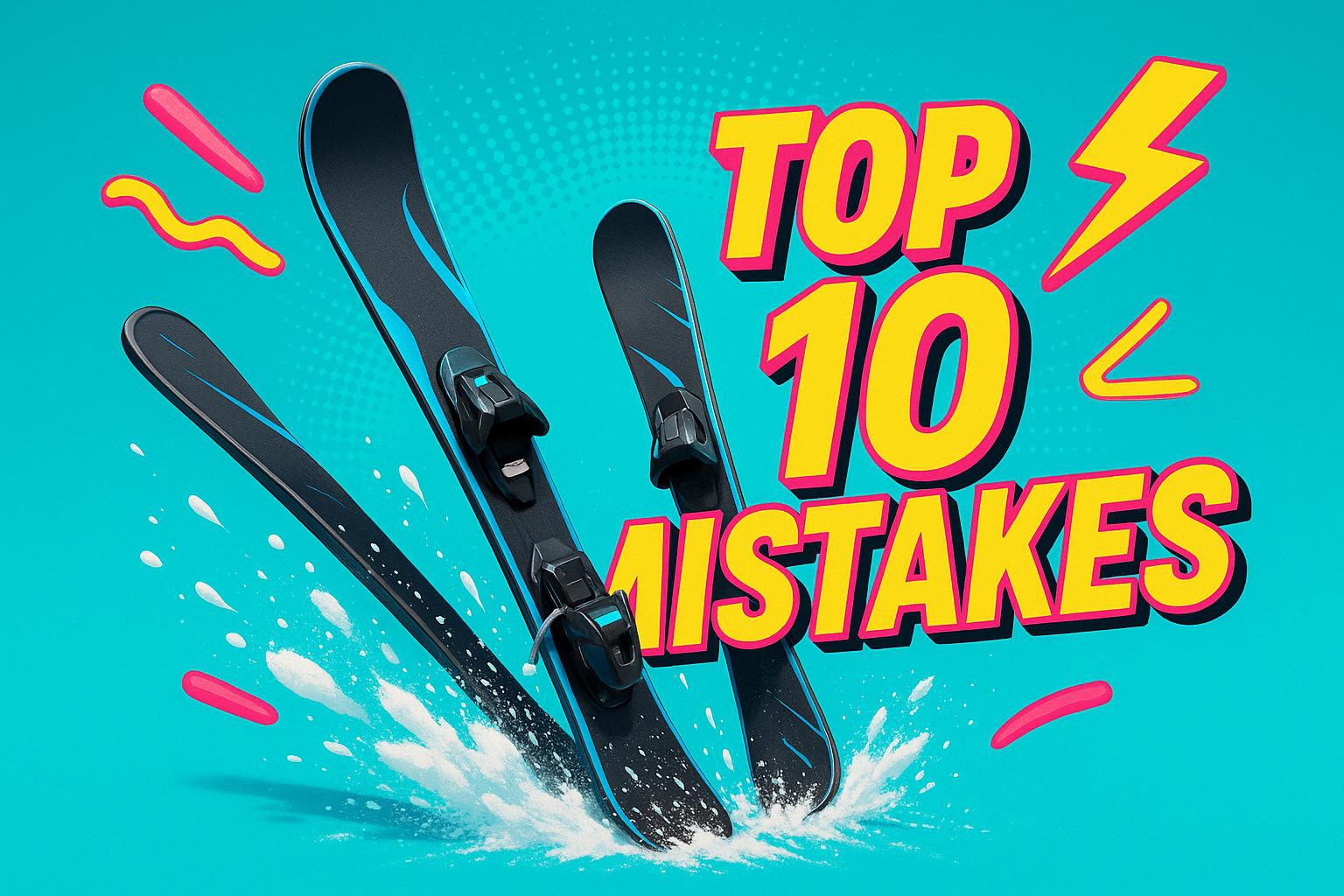
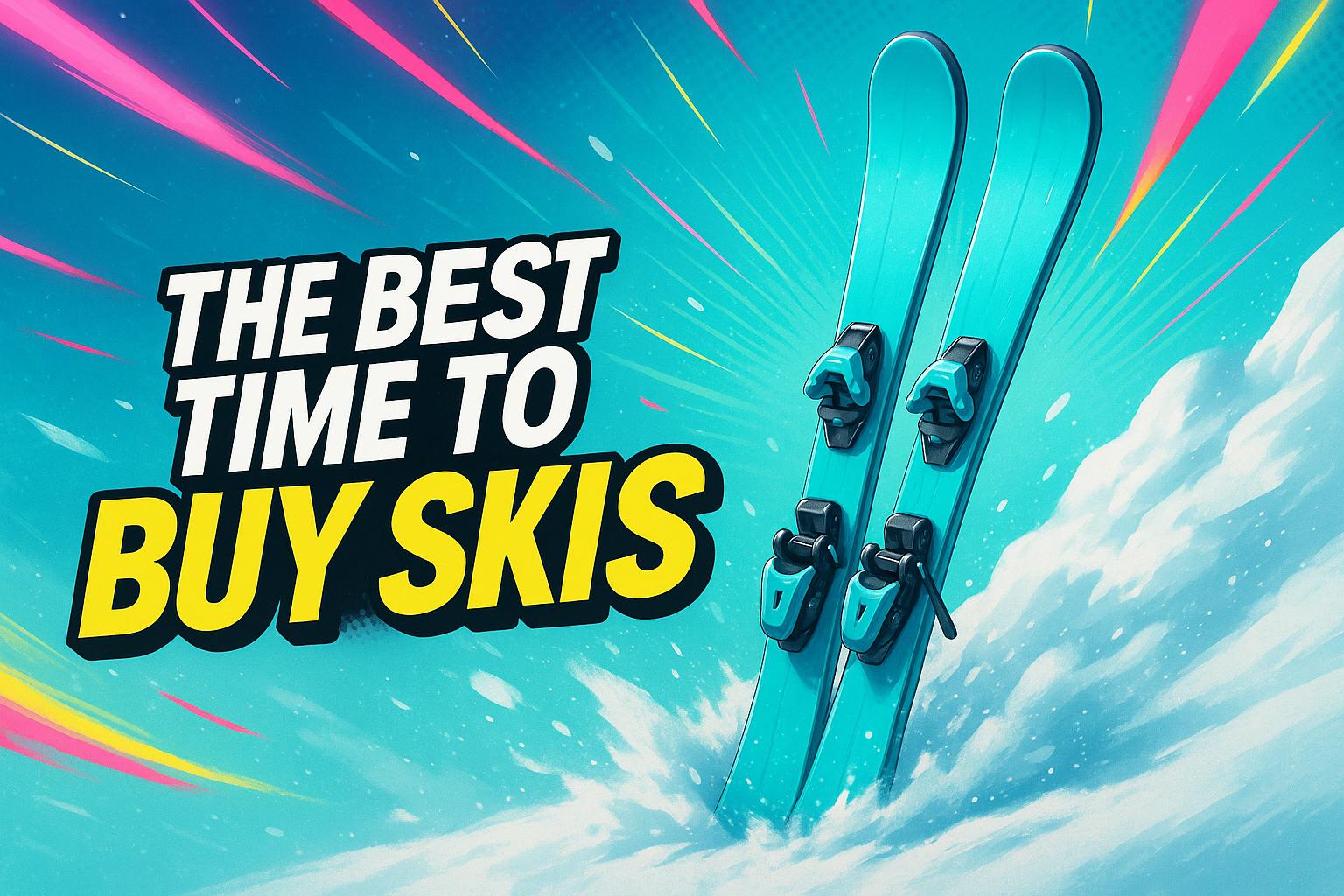
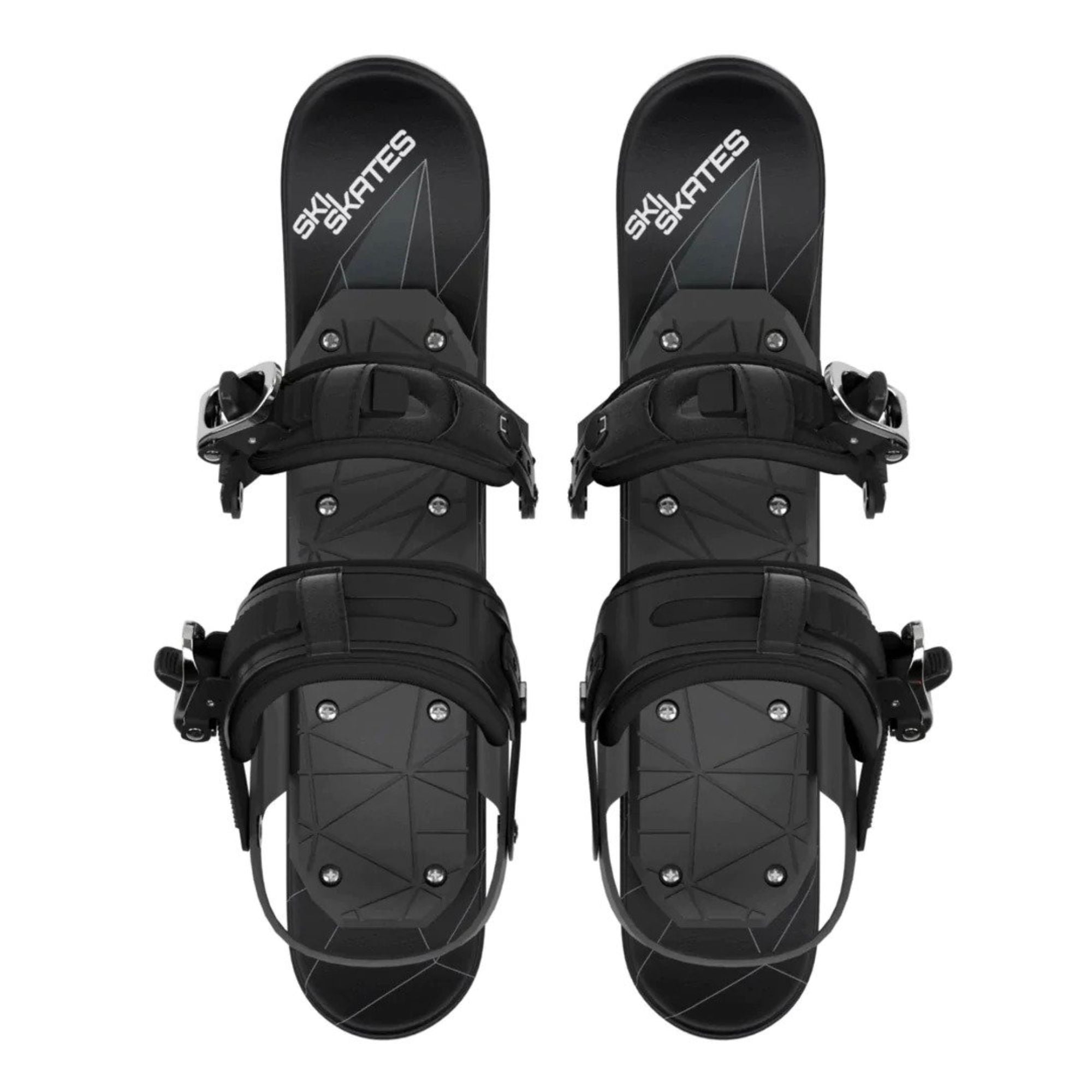
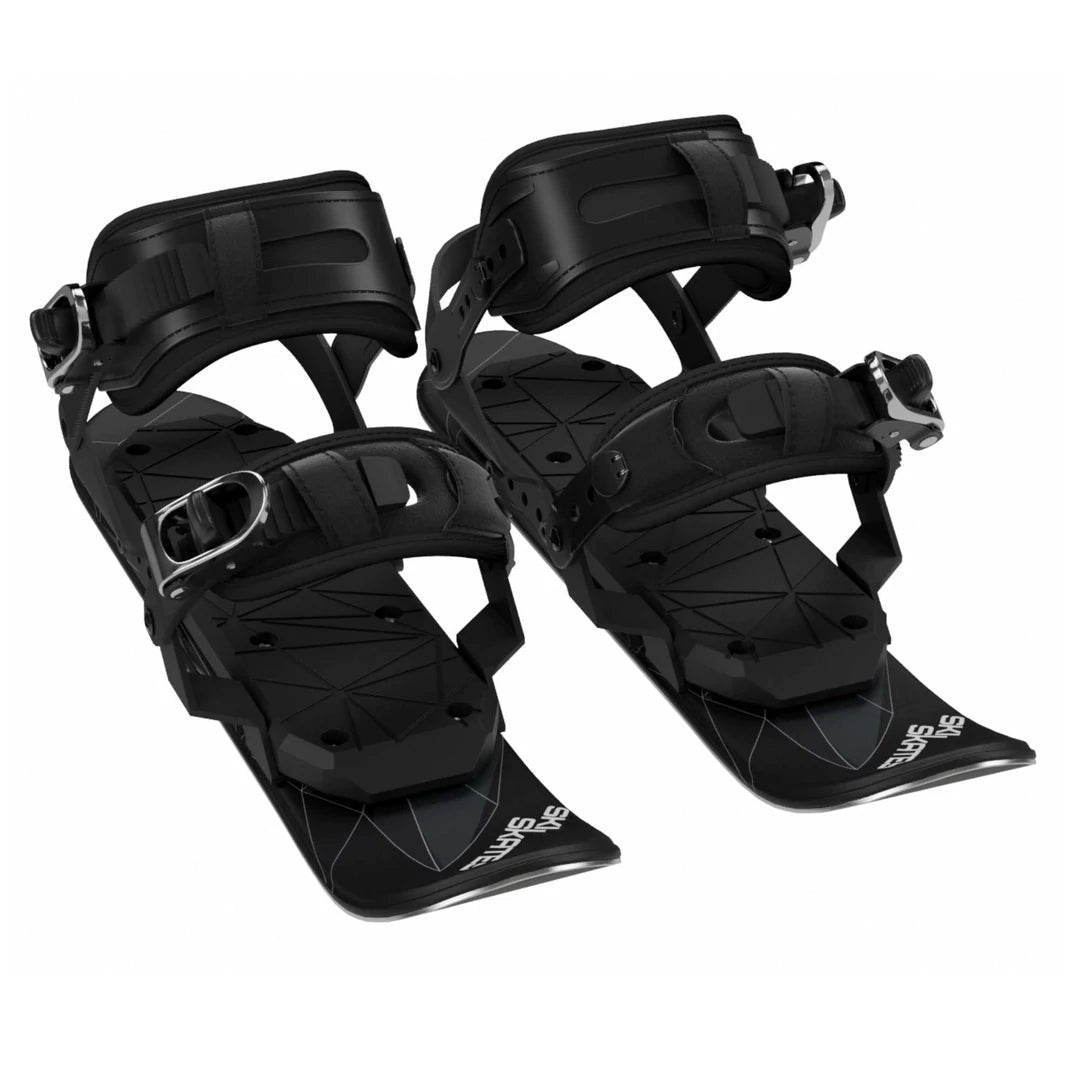
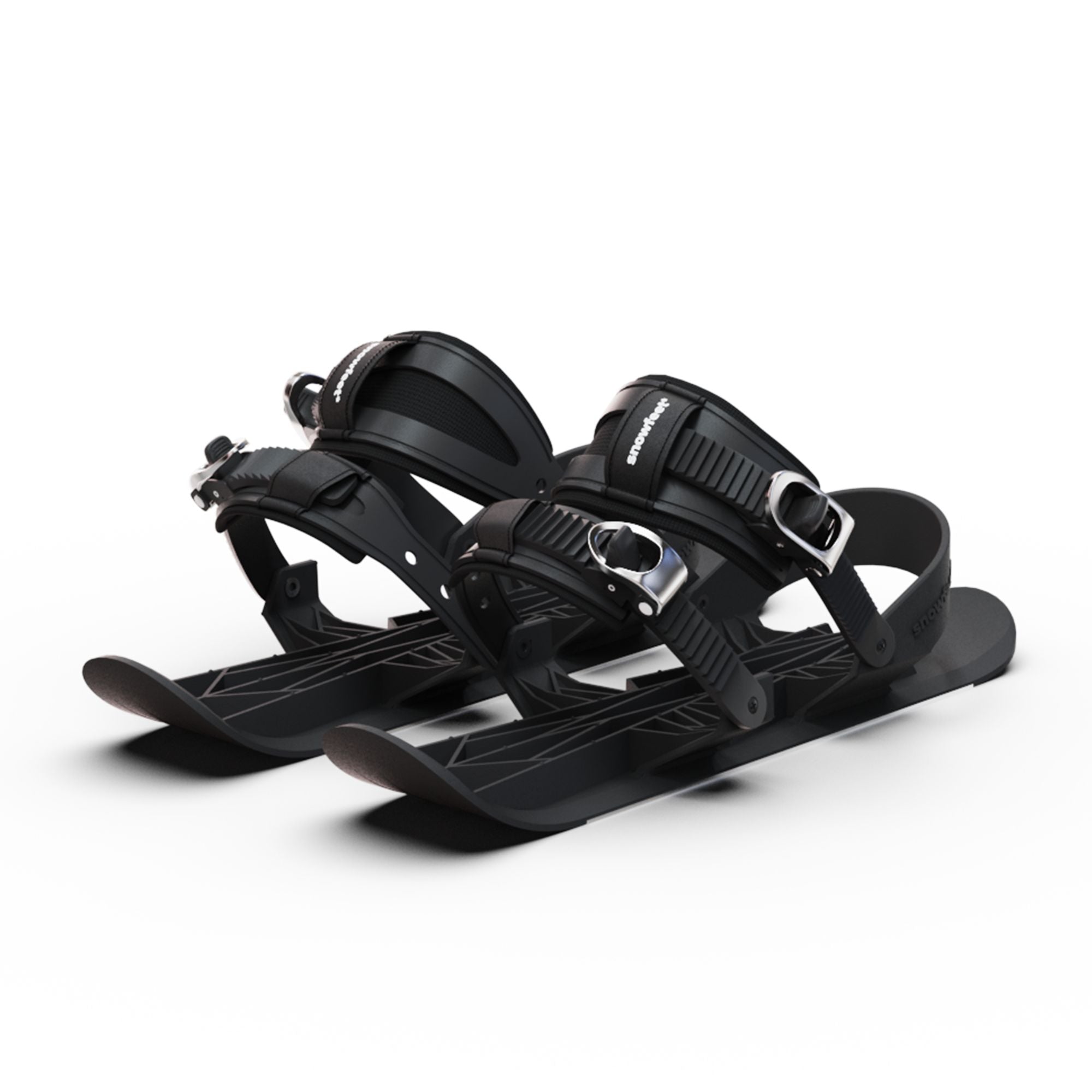

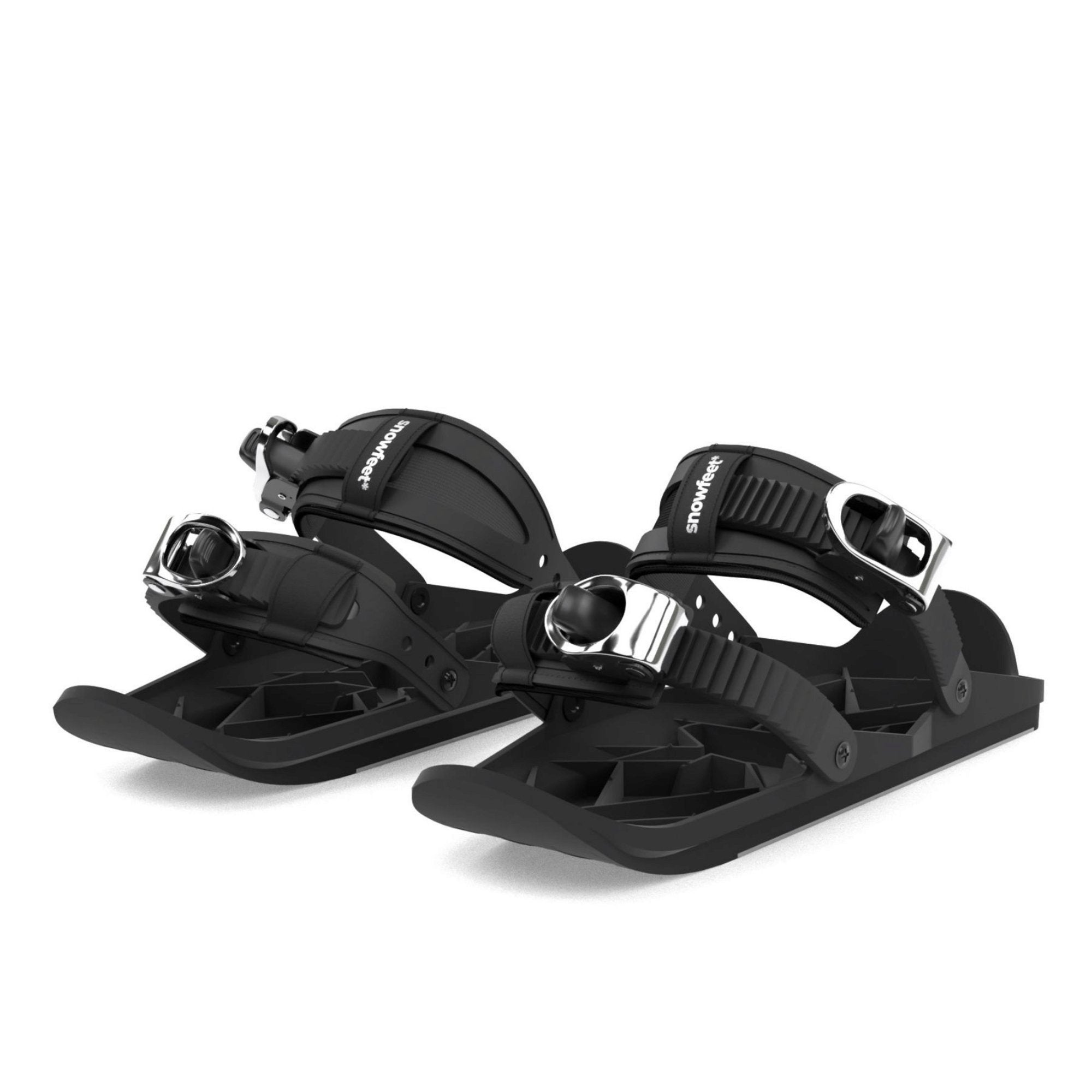
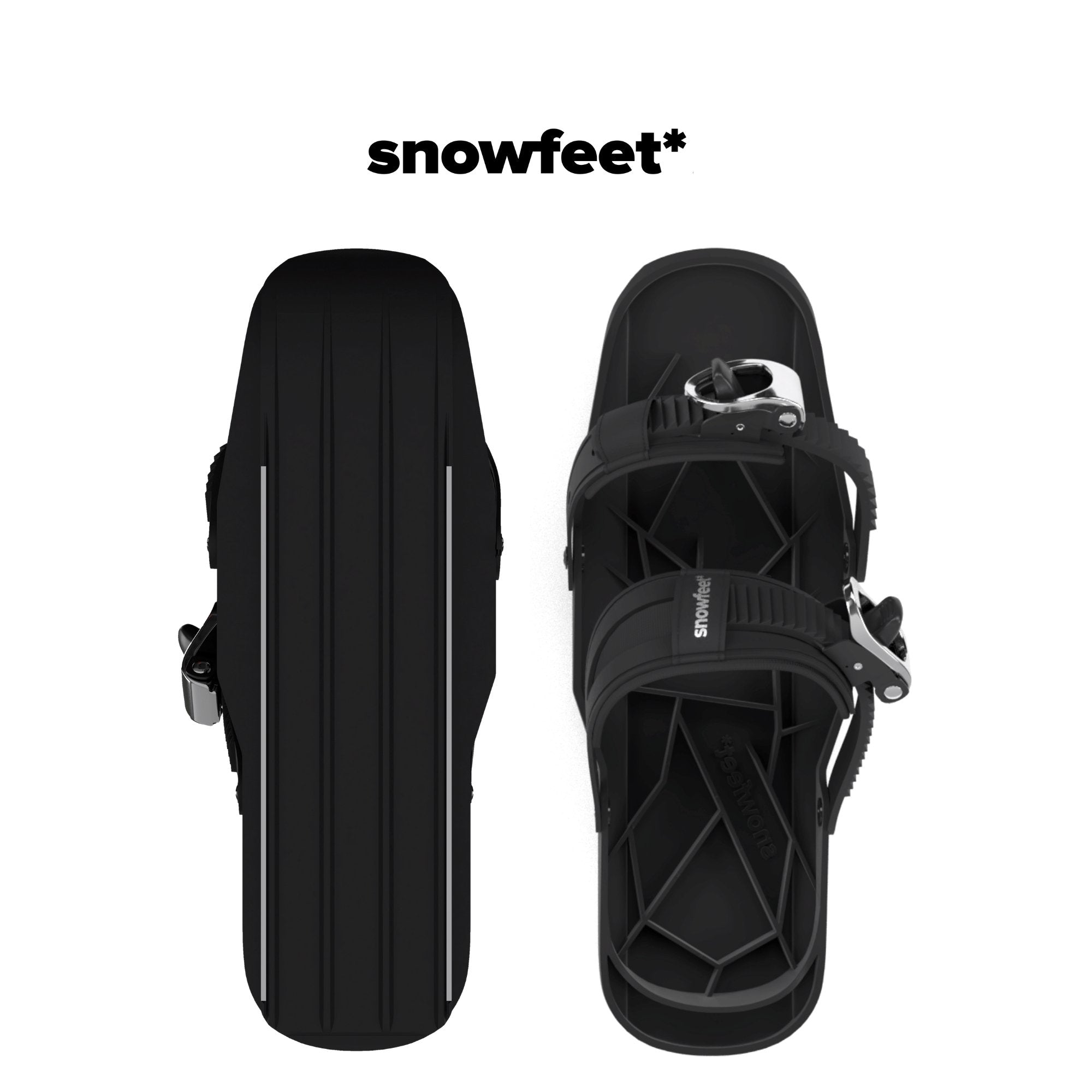
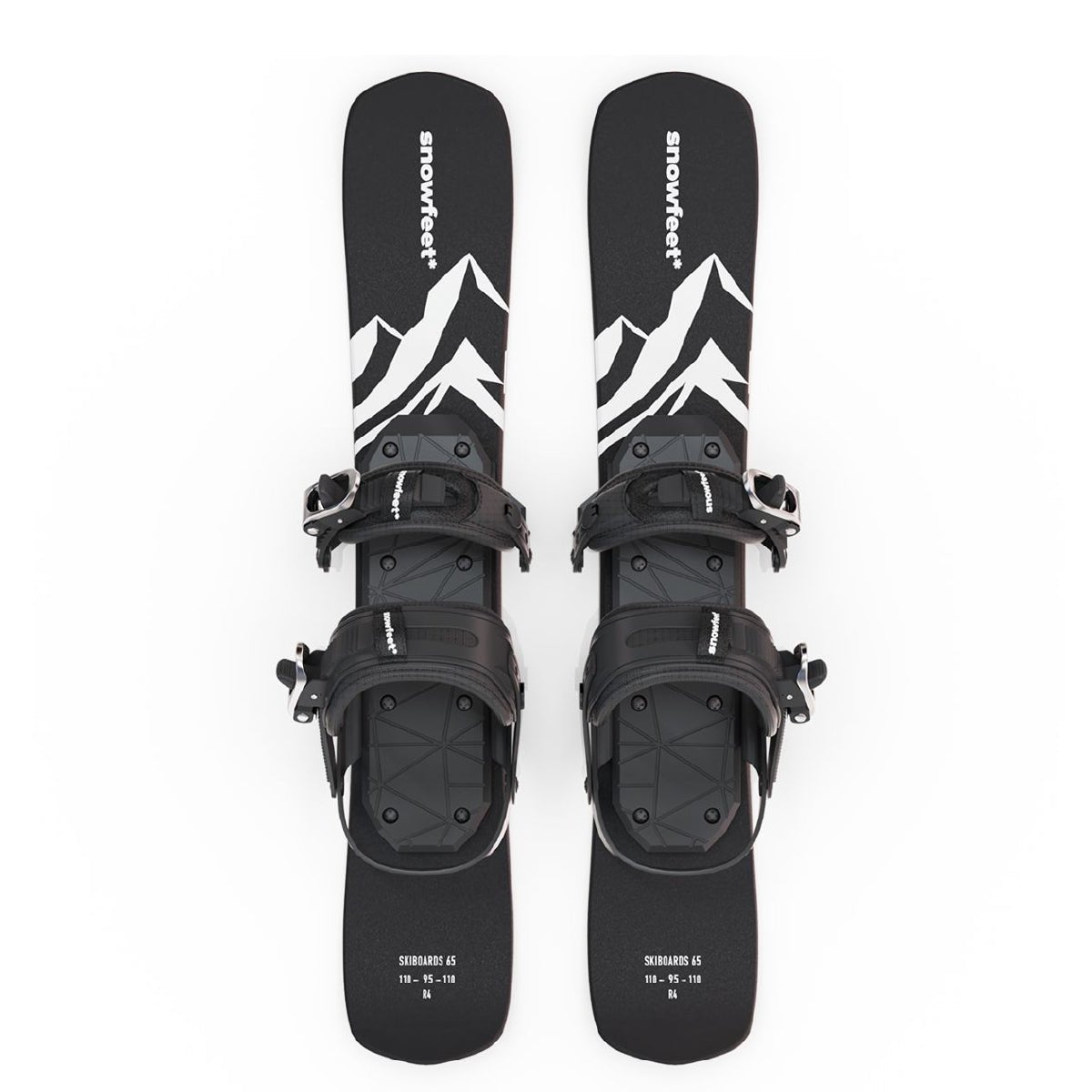
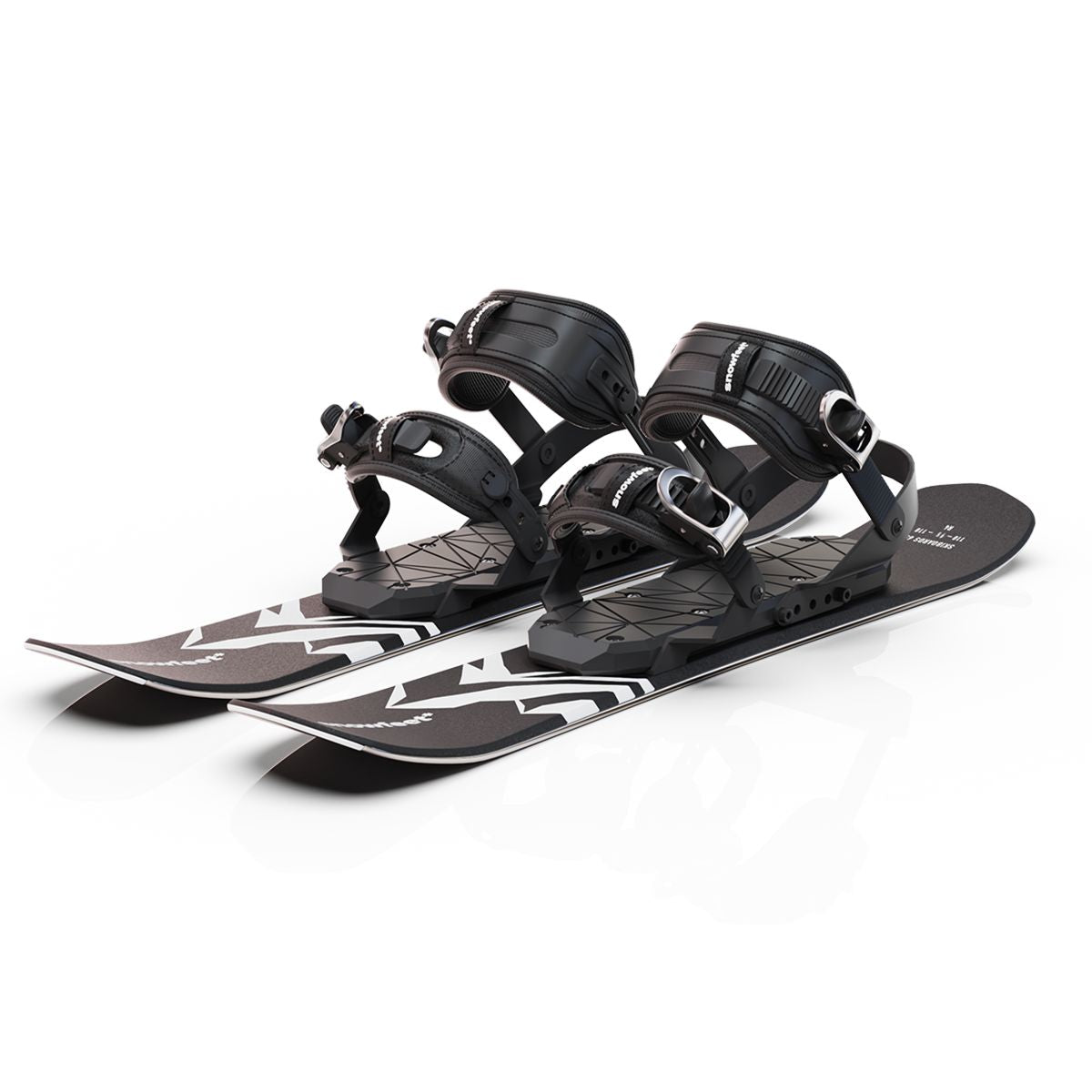
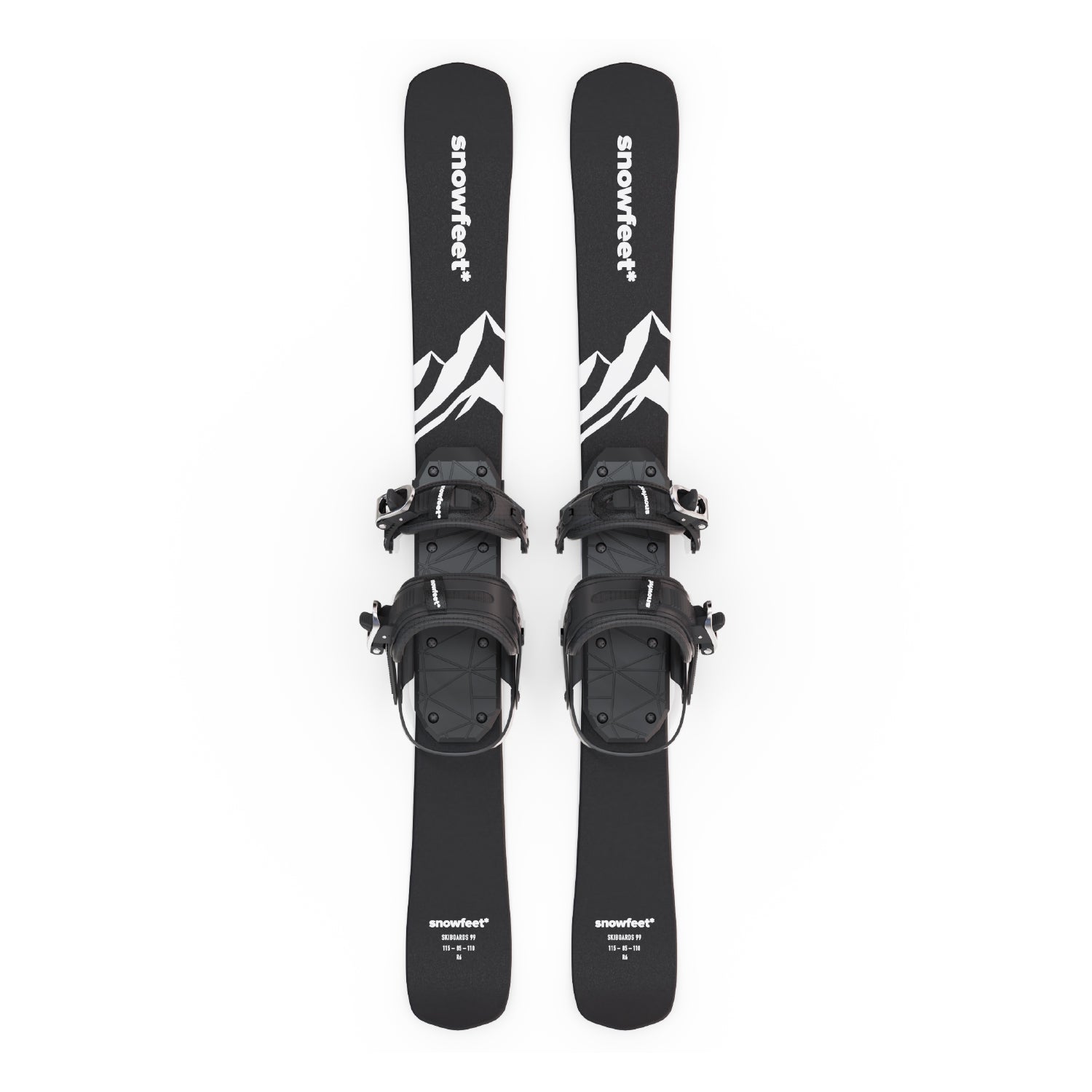
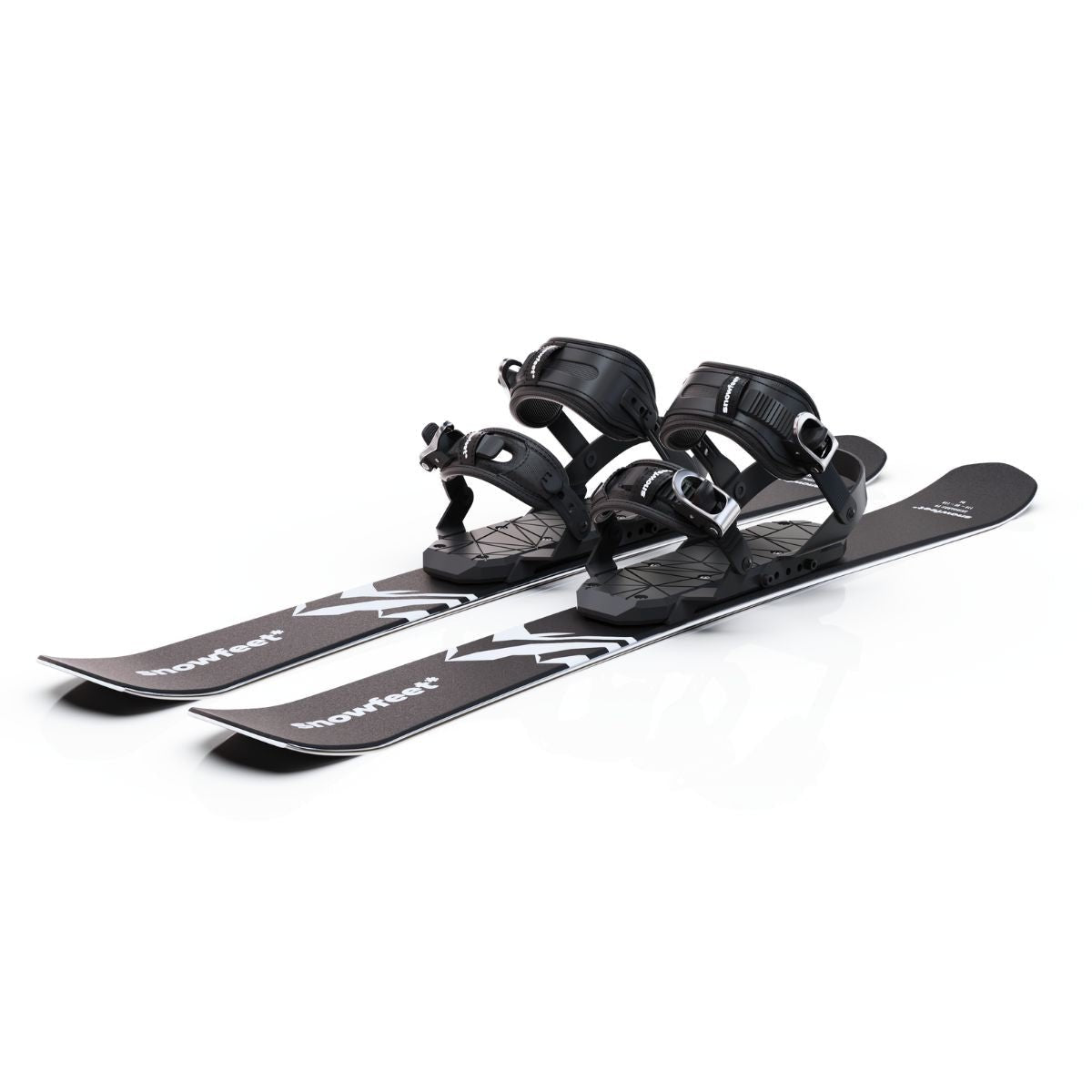
Leave a comment
This site is protected by hCaptcha and the hCaptcha Privacy Policy and Terms of Service apply.